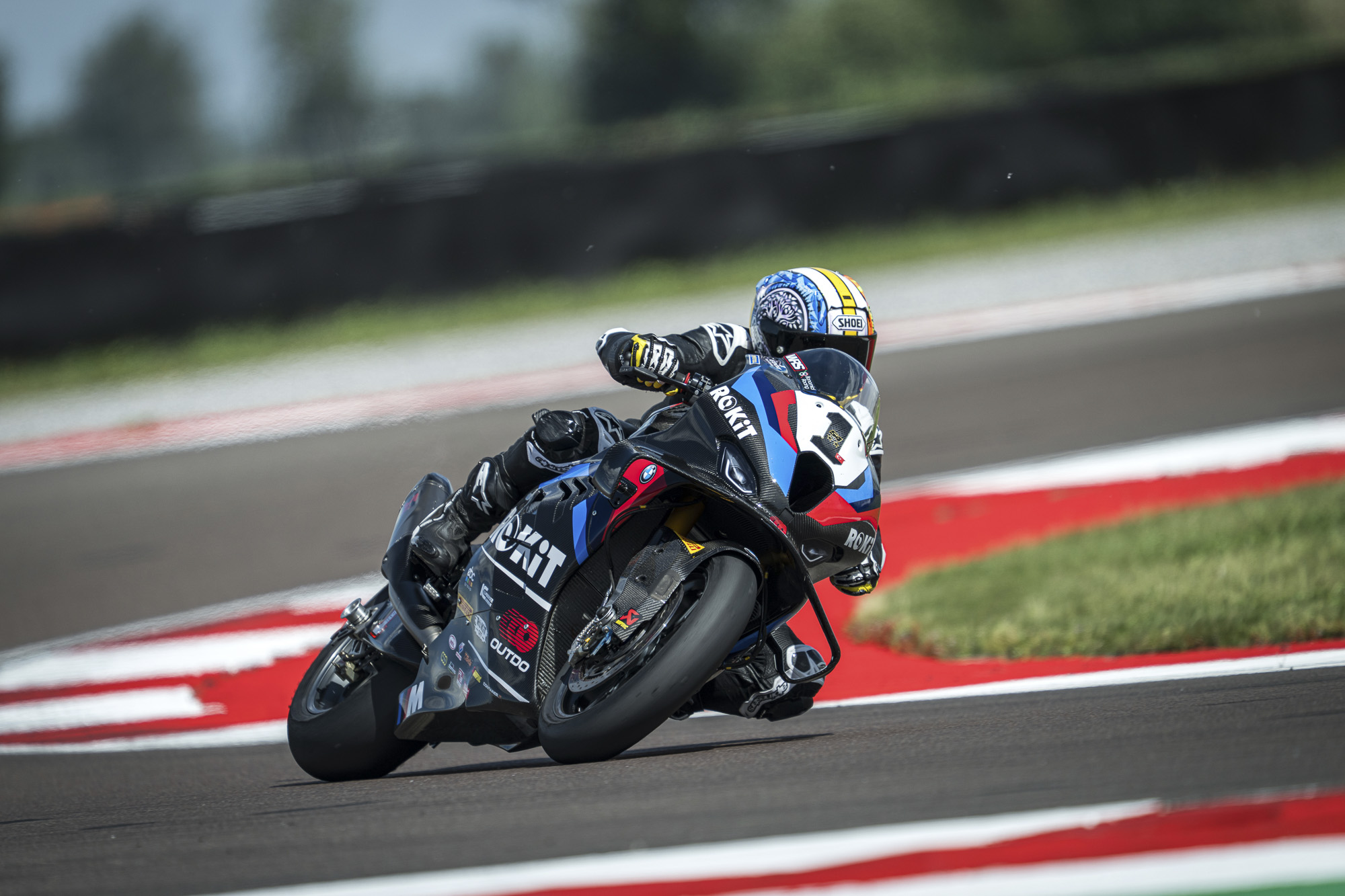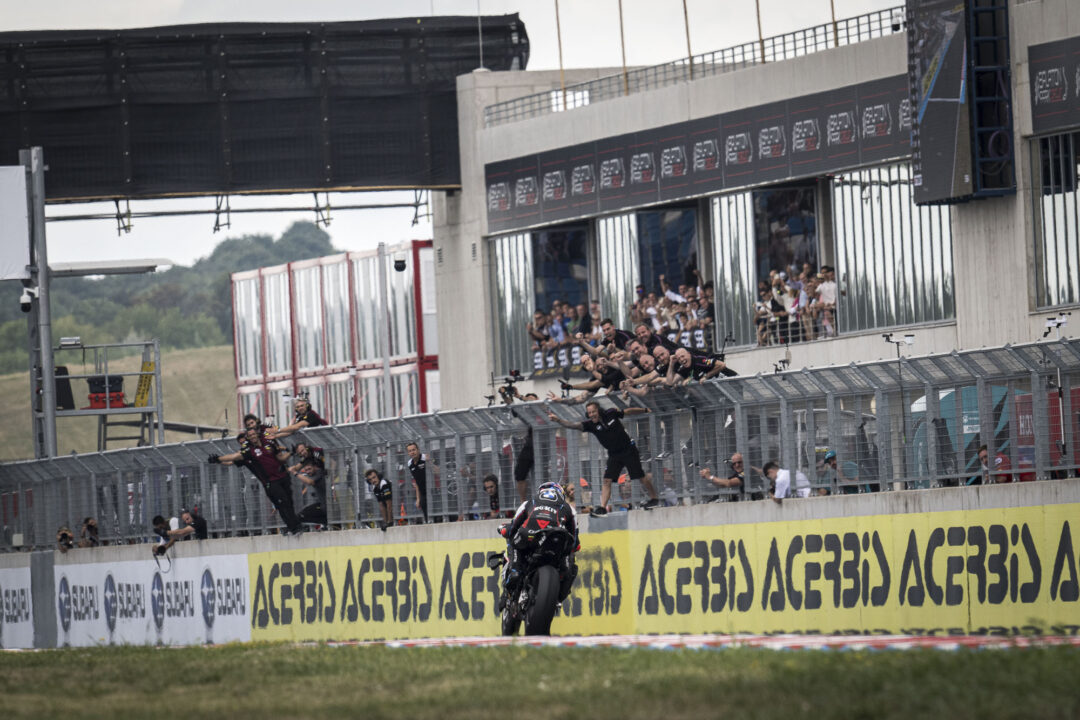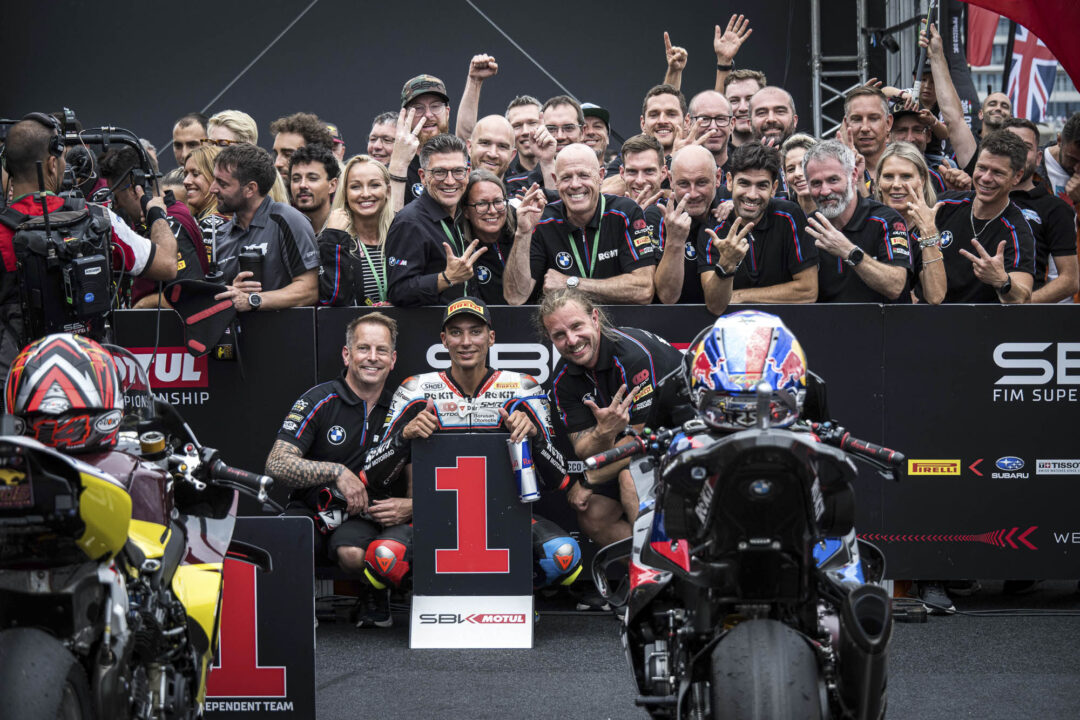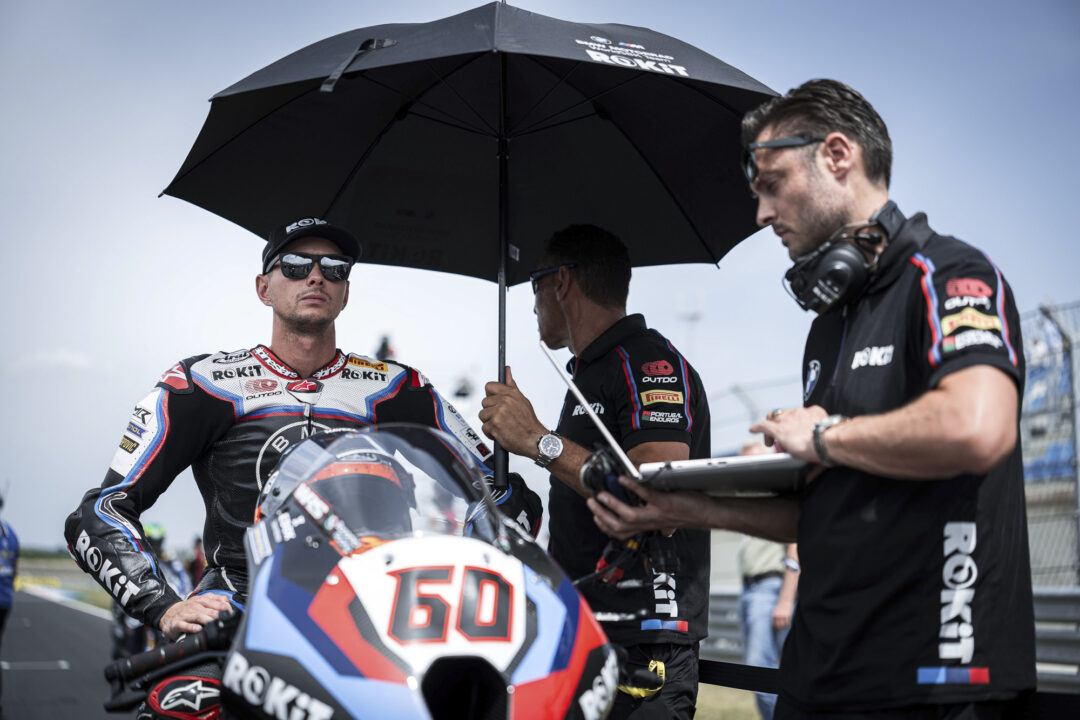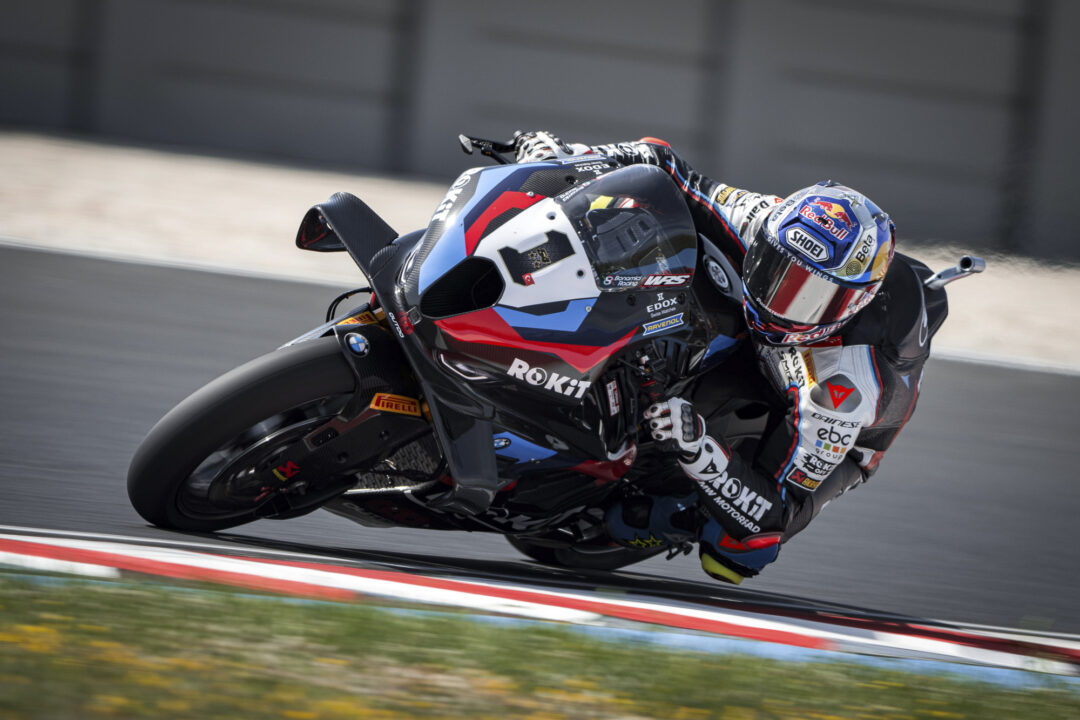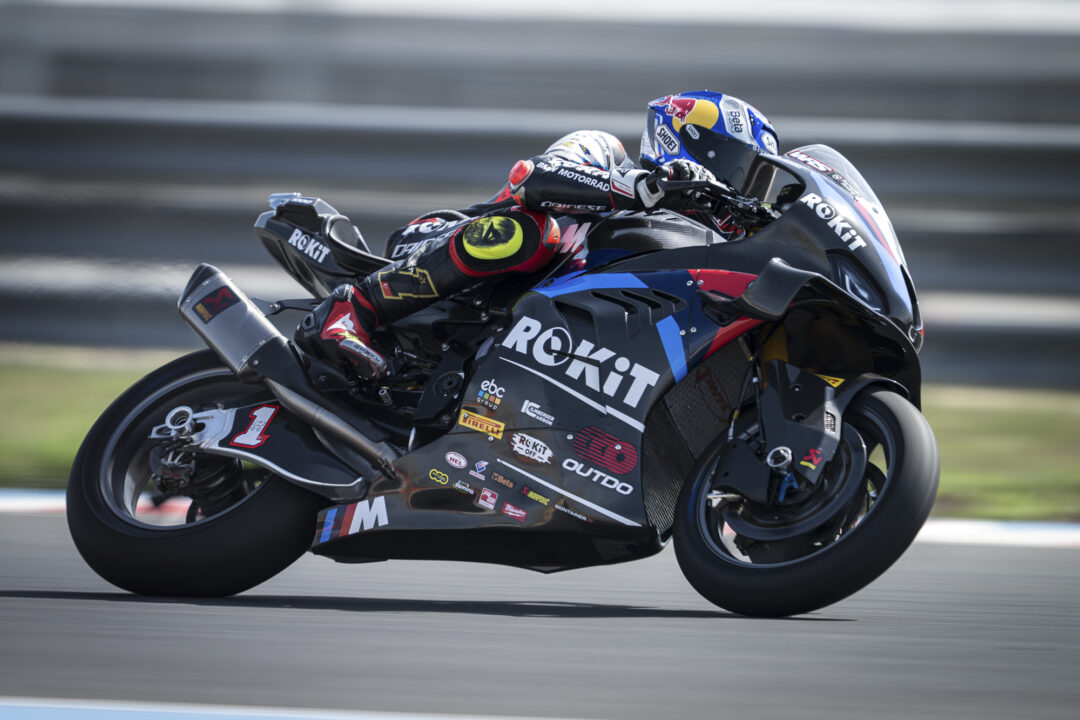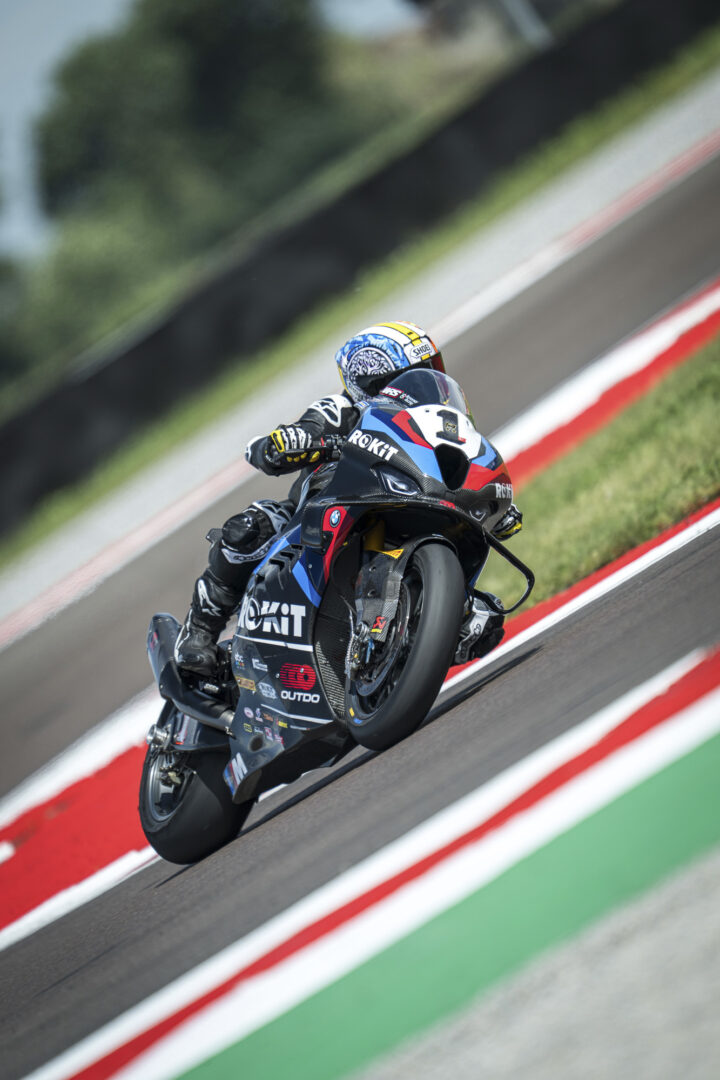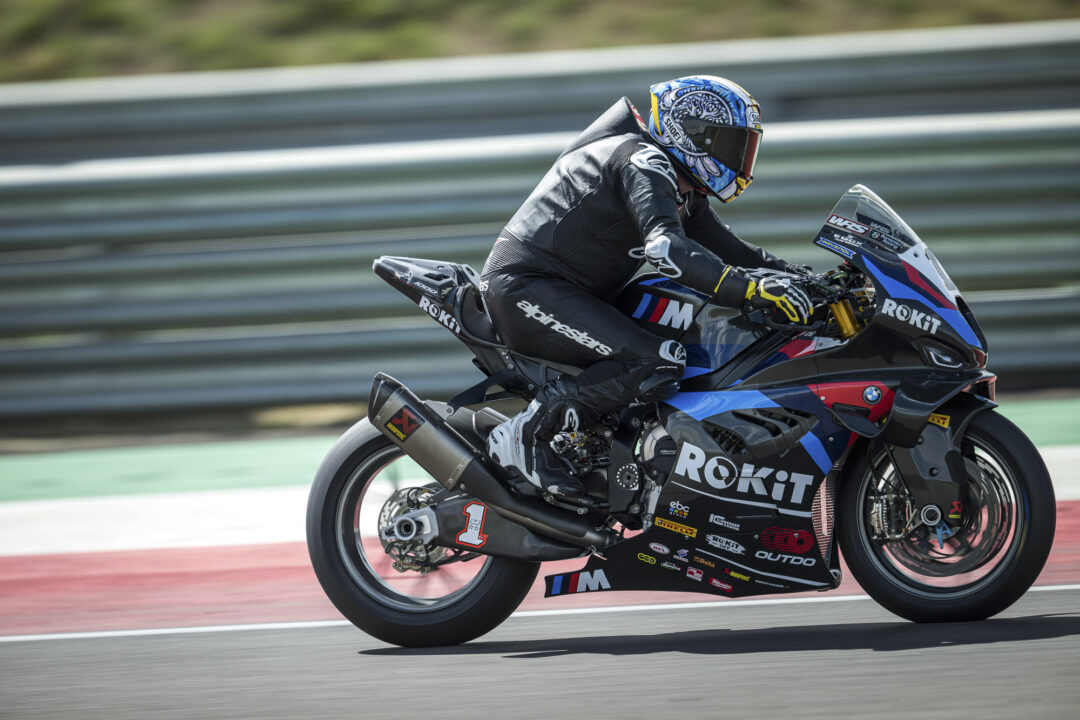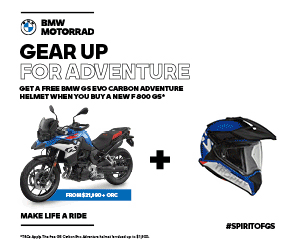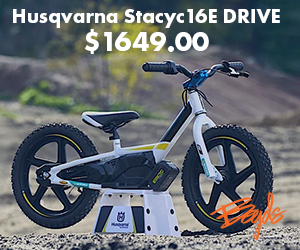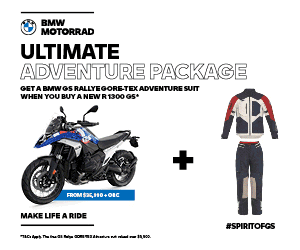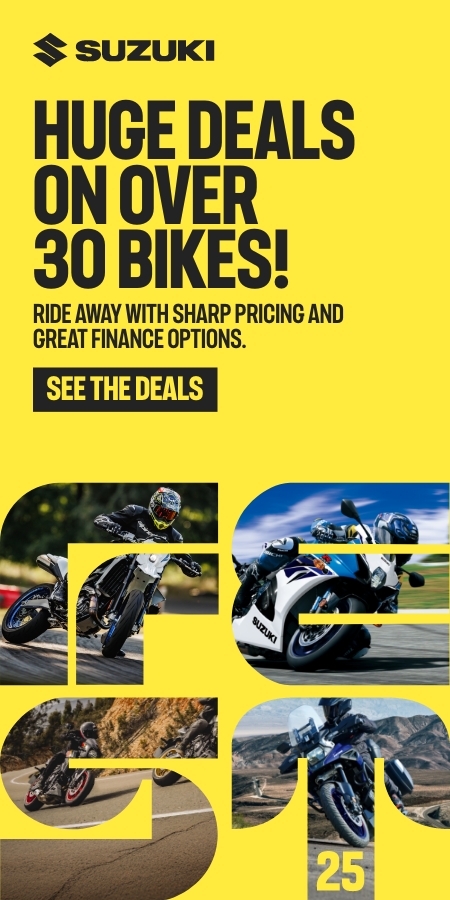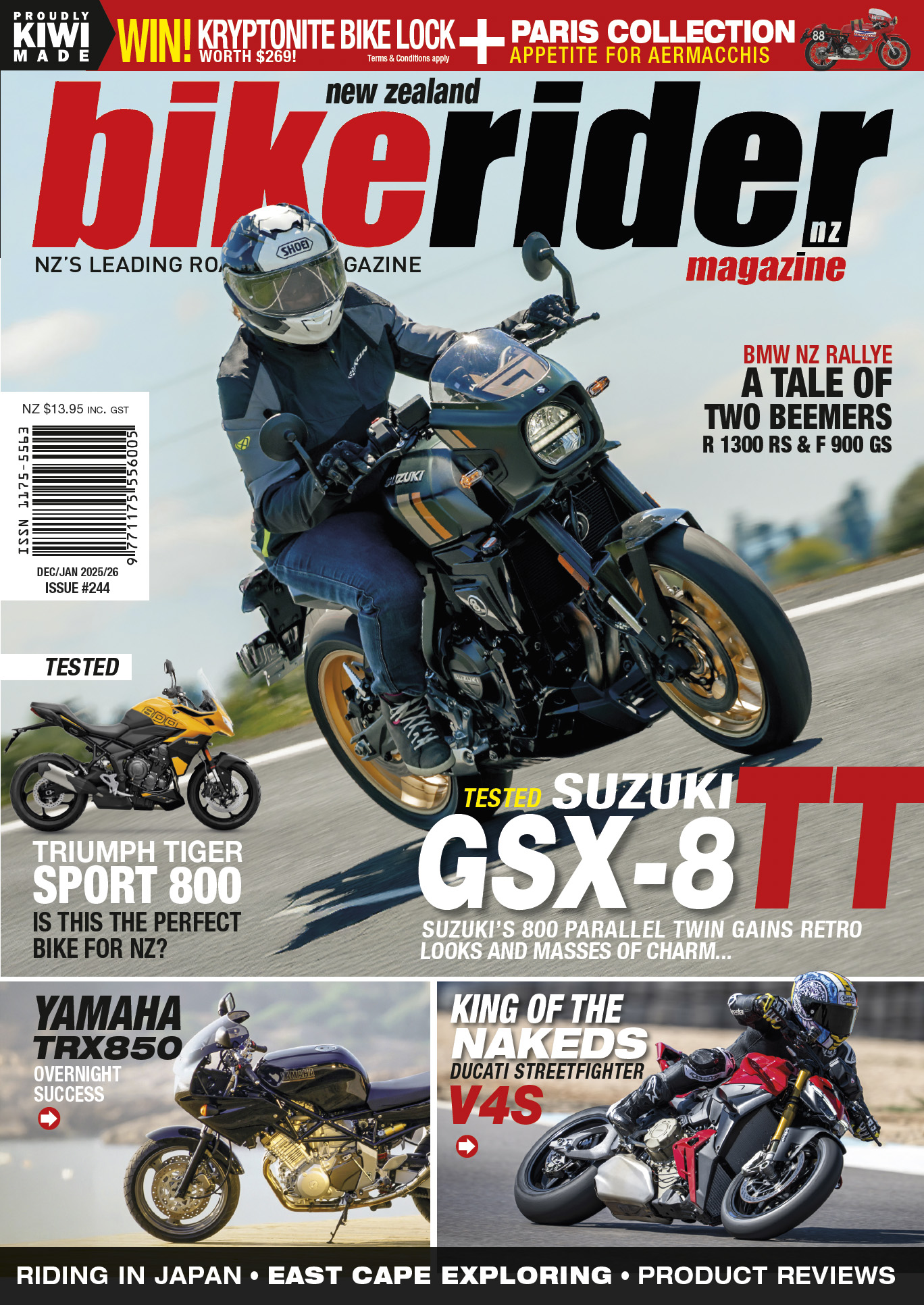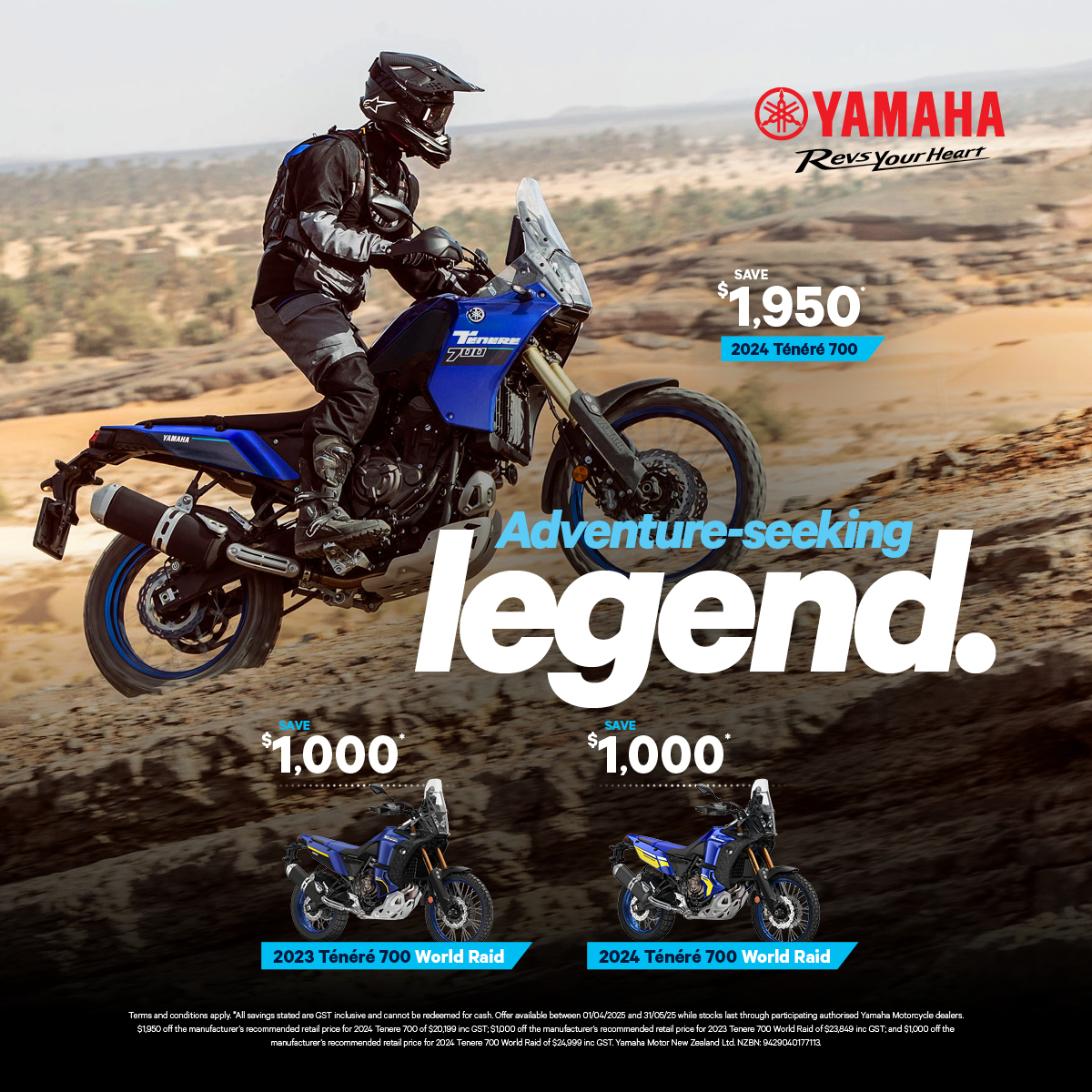A day to remember as we are handed the key* to Toprak’s priceless 250bhp BMW M1000RR World Superbike. *Except there is no key
Like so many of us, I was a wide-eyed teenager when I became besotted with World Superbikes. In 1995 I ‘d saved up just enough cash to attend my first race and rode my Kawasaki KR-1S to Donington Park in the English midlands to watch the gladiators of the time do their thing. Carl Fogarty, Aaron Slight, Anthony Gobert and Troy Corser were like gods as they snaked down Craner Curves with a ferocity and bravery that remains etched on my mind. I was hooked.
Thirty years have passed since that introduction to planet’s premier production-based race series and although I have since ridden several of the machines that have made history in the championship, I remain at heart that same teenage fan. Nothing races the pulse like a factory superbike, which is why, as I drove into the still-busy Cremona paddock on the Monday after the Italian round of the WSBK championship, your tester’s legs were feeling a little shaky.
Riding any WSBK machine is intimidating on countless levels – all that power, all those electronics, and only a handful of laps to work it all out! – but to set off down pitlane on the world champion’s BMW M1000RR in front of the whole ROKiT BMW Motorrad WorldSBK team and the ridiculously talented, double world champion Toprak Razgatlioglu himself is another level. The BMW team had even left Toprak’s pit garage as it had been over the race weekend. We were going to experience not only the bike, but also what it feels like to be a WSBK rider.
If that wasn’t enough, BMW had planned a full day of extensive testing at the Lombardy circuit, starting with the Alpha Racing Superstock and €149,000 Euro Racing Superbike spec M1000RR customer bikes as well as the BMW Motorrad factory World Endurance M1000RR. This was going to be a day like no other. Time to dig out those big boy pants.
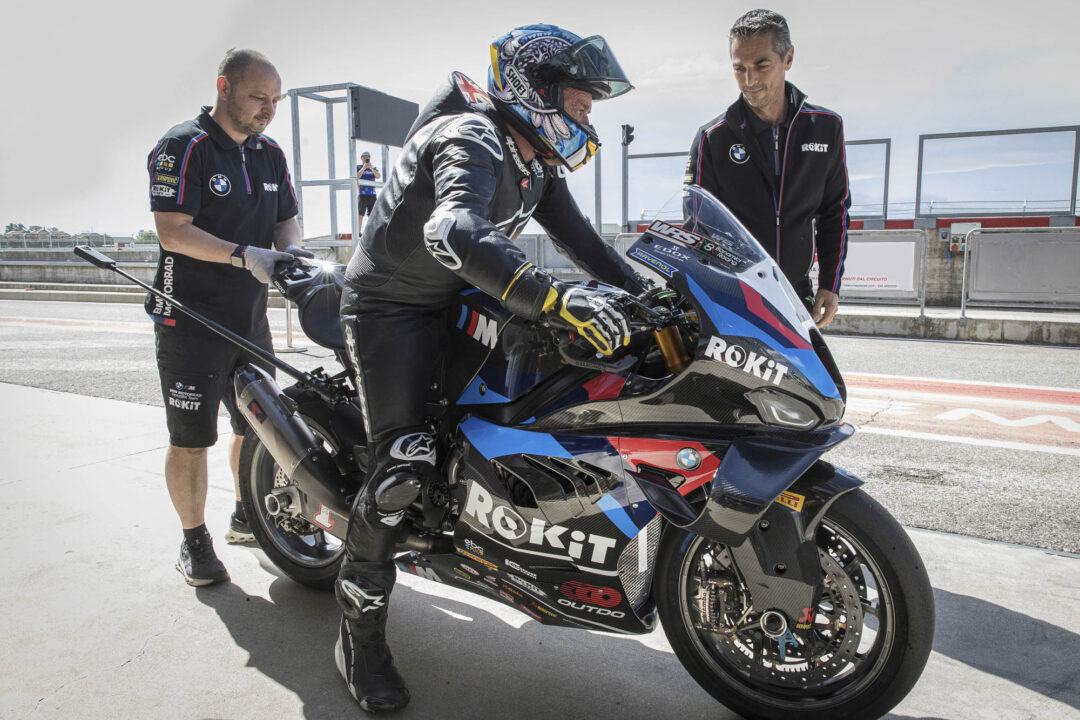
Although the BMW World Superbike is based on the 2025 M1000R, it’s not a case of thumbing the starter button, flicking up the side stand and tootling down the pit lane. For starters, there is no side-stand, and that is only the start of a long list of oddities and protocols I have to get used to.
We’re given a detailed briefing from Christian Gonschor, Technical Director of BMW Motorrad Motorsport. He’s acutely aware that the assembled journalists are about to ride his near-perfect and possibly priceless factory machine and do so with it in something close to full race trim. Unsurprisingly, we’re given detailed instructions on what and what not to do.
There is a mountain of information to digest. The race dash is confusing, the cockpit has more buttons than the Millennium Falcon, there’s no foot-operated back brake – just a thumb on the left bar – and there’s no ABS or any braking rider aids.
The M1000RR punches out between 250bhp to 260bhp but weighs just 168kg. There are “some” rider aids, like TC, and the gearbox is not only race shift, but first gear is down – meaning there is no neutral between first and second gears. So that’s down for first, second and third, and so on, and don’t select a gear until the bike’s wheels are turning (which is why riders are pushed by mechanics). Oh, and don’t forget the pitlane limiter – which button was that again? And if you crash it… It’s just unthinkable.
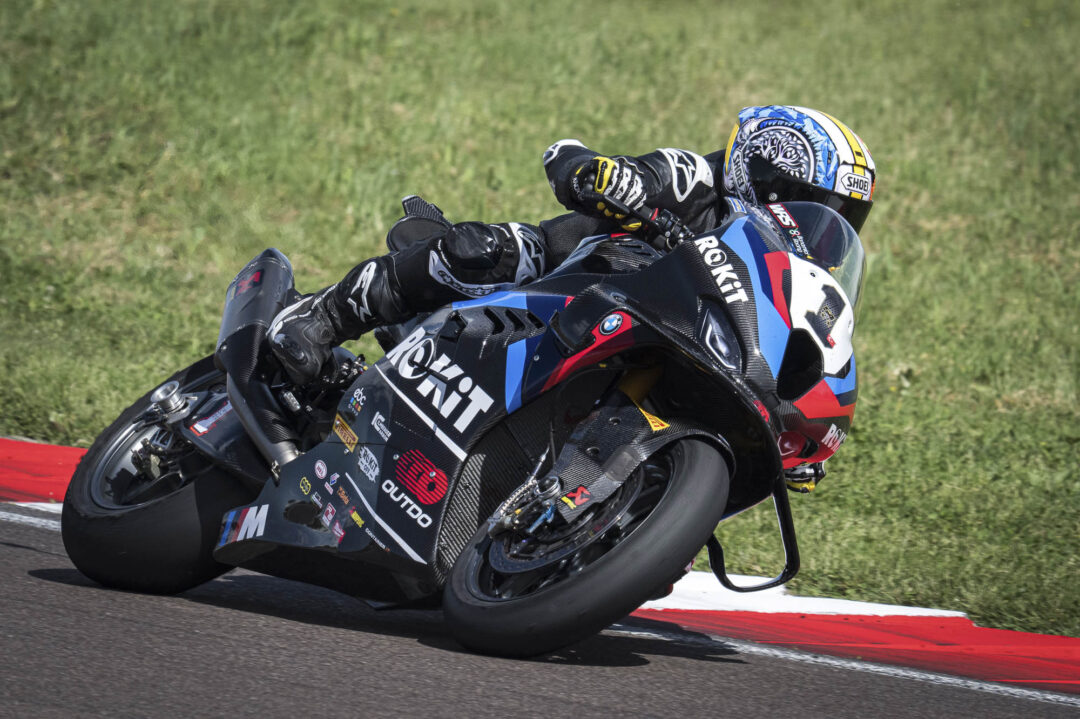
I’m unsure if it’s good or bad, but I’m one of the first riders to get the full-fat factory superbike experience. It’s early in the morning and the Italian track is coming up to temperature. I roughly know the layout; I’ve done a few laps already (see box out) but still my head is a whirlwind of instructions and information.
The tyre warms are removed, revealing Pirelli racing slicks at their optimum temperature. My technician wheels the angry-looking BMW out of the garage, points it down the pit lane, and I jump onboard as the team gather round to watch their pride and joy leave the pit box in the hands of a Yorkshireman some 20 years older than Toprak. I can feel the tension.
I try to absorb all that is in front of me but she can’t be left ticking over for too long. I get the nod, the tech’ pushes me to get the wheels moving. Then it’s down for first gear, a few more revs, release the clutch – please don’t stall – and we are away. Thank God I didn’t mess that up.
Towards the end of the pitlane, the rev limiter makes the motor splutter and backfire, the factory-spec Akrapovic exhaust spitting sound against the WSBK garages. I feel like a proper racer, albeit an unfit and ill-fitting one. I enter the track, look down and can’t remember which button releases the limiter. Then I remember that the limiter only works in first gear; as soon as I tap down for second gear, it automatically disengages. Now it’s just me and the fastest BMW motorcycle ever built.
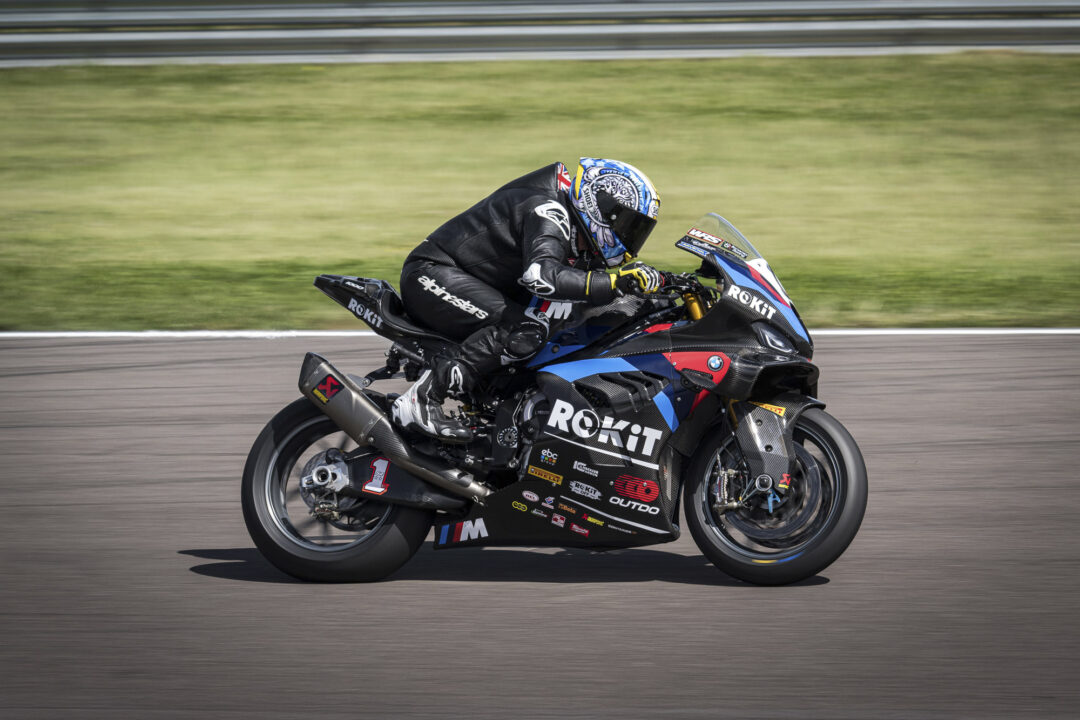
The number one priority when riding any exclusive race bike is, of course, not to crash. However, if you ride slowly or back off, the bike simply doesn’t work: the tyre temperature drops, the brakes do nothing, and the engine doesn’t operate correctly while also sounding like a bag of expensive spanners. I’ve raced for many years at the Isle of Man TT, but I know that no matter how hard I push, I won’t be able to get anywhere near the M’s true performance level – but that I kind of have to try anyway.
The first few corners feel very strange. I’m working hard to evaluate what I’m doing on a track I’m still learning. Toprak’s M1000RR looks like the one you can buy for the road, but doesn’t feel like the road bike or, come to that, much like other race bikes I’ve ridden either. I’m sitting very much in the bike, not on it. Toprak famously likes a low seat and this feels very low, with the bars high and a relaxed riding position – not perched on top with your nose over the top yoke like most pure race bikes. In fact, it’s totally alien to be sitting so low.
Out of Turn 6 for the first time, I give the throttle a tickle. It’s a short, straight blast to Turn 7, a fast right hander taken in third or second. The BMW is quick, obviously, but even as the revs build and I’m propelled to the next corner, it’s not as scary or brutal as anticipated. Not yet.
Into Turn 7, braking to the apex, the Akrapovic exhaust changes pitch as I lean into the inside kerbing. It feels like the engine braking is helping me more than even the most advanced engine brake systems found on street bikes. I don’t feel it as much or hear the pitch change as much into slower corners but something unusual is happening here.
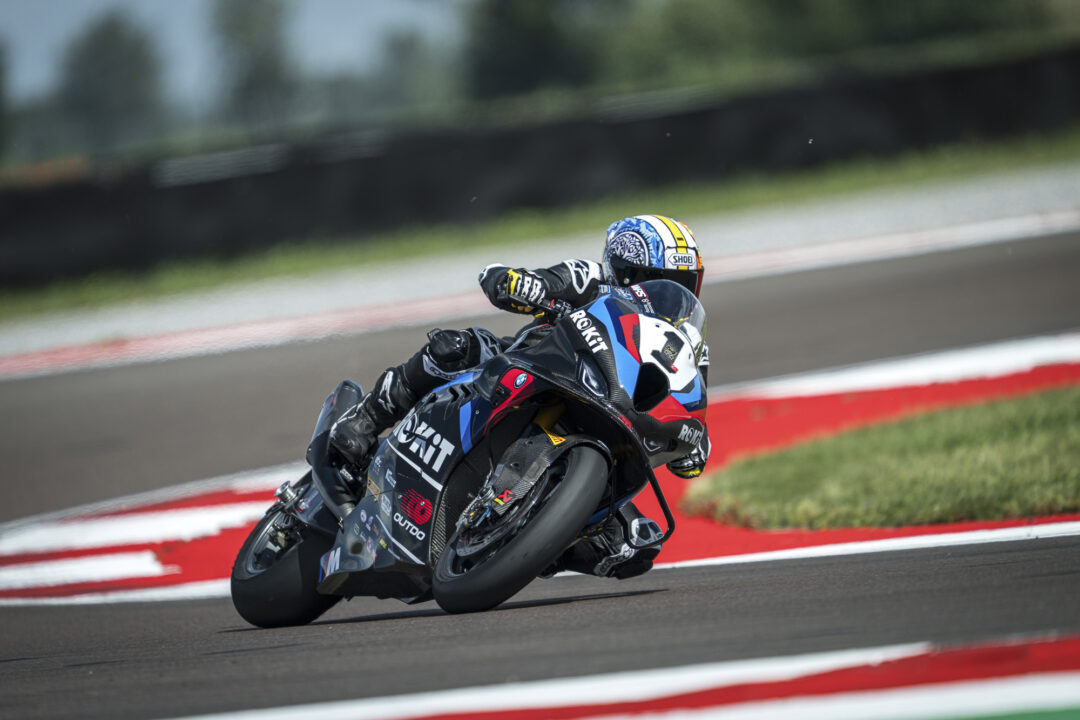
Now it’s time to unleash the BMW’s full power. I’m in second gear and pushing the bike upright as I aggressively dial in the power, trusting the grip from the Pirelli slick as well as Toprak’s electronics. Again, the result isn’t as violent as expected and I’m beginning to suspect that BMW may have turned down the power in the lower gears. Then, in third gear, those 250bhp kick in hard.
The M1000RR drives the air from my lungs. It’s so frantic I’m momentarily stunned. But to my surprise, the front wheel remains planted on the track. Not a hint of a wheelie as those huge wings and stunningly effective electronics do their work. The shift from third to fourth gear and into fifth is done before you can finish this sentence. The 750-metre straight is consumed in what feels like two seconds or less. The gears changes are beyond rapid – seamless.
The large fairing is so effective and the riding position so low that there’s very little windblast compared to other race bikes I’ve ridden. But when I pop up to apply the Brembo stoppers, I am hit by a wall of air that smashes me in the chest. I was expecting the stoppers to bite harder than a great white shark, but they are actually progressive and full of feel. Toprak is regarded as the supreme braker in World Superbike, so I was expecting something dramatically fierce. But while the Brembos are strong, very strong, the lever feel is friendly with more travel than I was expecting. Meanwhile, the bike remains impeccably stable as the front slick bites into the asphalt.
If not crashing is the most important part of race bike test, looking fast past the pit wall with the team looking on is easily the second most important. With that box ticked, it was time for another lap, which should be less intimidating.
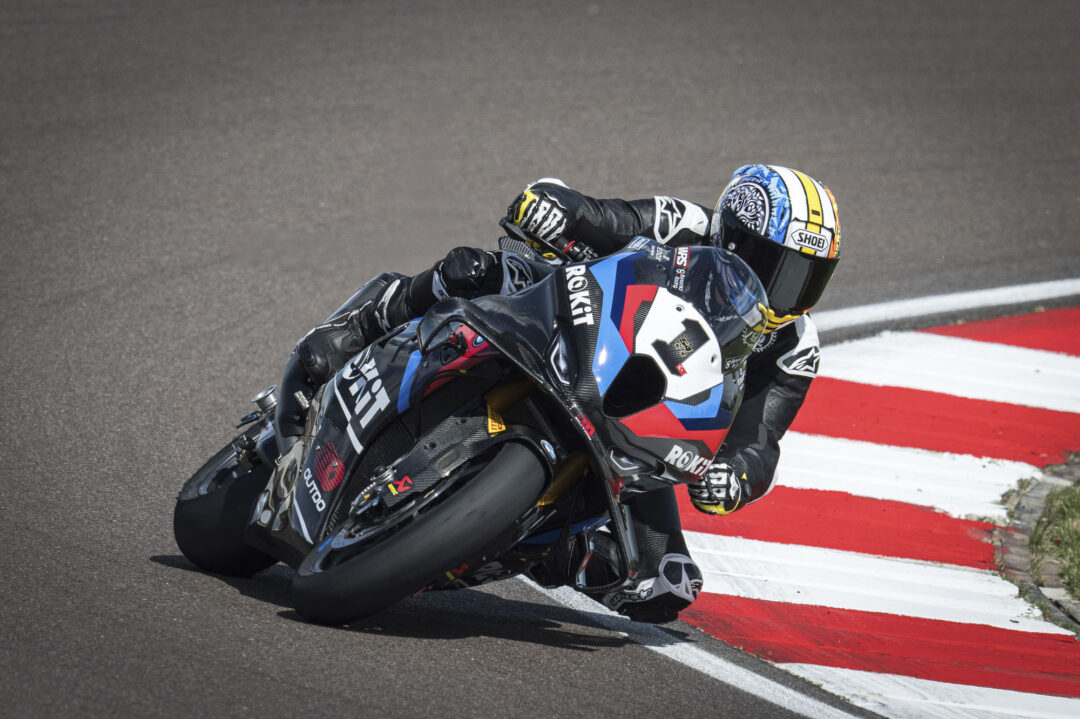
I’m now starting to click with the world championship-winning bike, but it still feels weird. The way Toprak sits makes it feel low and long (for a race bike) and in theory it shouldn’t turn. I was expecting a high back end, a low front and lots of weight on the front to make it steer, but it’s almost the opposite, yet it steers like a sweetly set-up SuperSport 600. It’s very predictable and holds its line with precision. It shouldn’t work but it does, and in just a few corners, feels natural, like it’s my bike, not an angry monster.
I still can’t get used to the immense speed down the back straight and over the start finish. In second gear, the fuelling is excellent – there’s no cutting or spluttering from the rider aids as I’m nowhere near the limits – just smooth rapid acceleration, like you’re being catapulted to the horizon. You hardly feel the gear changes; instead, there’s just one continuous drive of torque to the back wheel. At my pace, it’s fast but smooth at the same time.
In some ways, I was thankful we only had a handful of laps as my brain couldn’t compute any more information, and my lack of fitness was starting to show. Not only are you thinking about apexes, brake points and lines but also about the bike: why does it do that? Can I feel or hear the TC? What’s happening mechanically? All this while trying to look fast and competent without crashing. It’s an intense few laps. How the professional racers do this for half an hour or more is unimaginable
Back in the pits, I’m just relieved to hand the priceless race bike back in one piece. I’m both physically and mentally exhausted, and it takes me a while to take everything in.
Chatting with the team in the pits revealed that what I had been feeling in Turn 7 in particular was the engine braking and power output changing in response to the lean angle, gear and other parameters. We had been given a safe base setting, while the professionals can have changeable power and engine brake strategies for each corner.

Verdict
I have ridden World Superbike machinery before as well a few TT-winning bikes, so I had an idea of what to expect. But I didn’t expect the BMW M1000RR to be so different. It has the seating position of a Harley, the bodywork and stability of a sports-tourer, the handling of a SuperSport 600, and the acceleration of a rocket ship. It should not work, but does.
It’s also a lot easier to ride than expected. That said, BMW did turn the power down in the first few gears and gave us a safe setting. I’m sure it’s more of an animal at race pace, but in theory you could ride the race-winning bike at a track day without issues as long as you remember what the buttons do and which way the gears go. And you’ll need a pit crew.
Half of me wished I had more laps and more of an opportunity to play with the electronics and get more comfortable with the unusual chassis, but the other half is just pleased I got it back to the pit lane unscathed.
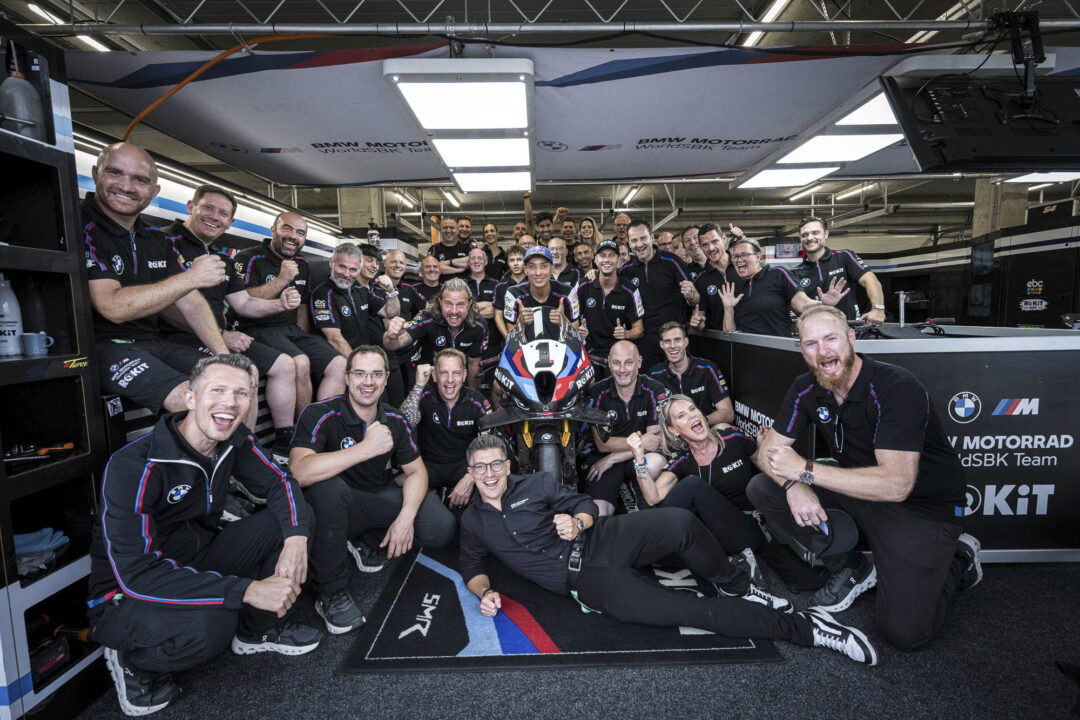
I will take a few points away from this test. Point one is how unusual it is in terms of riding position and feel. Point two is how talented, skilled and intelligent top-level riders are. Not only do they have the skill to push for a fast lap, but they need to understand the bike, think about what the bike is doing whilst elbow bashing other riders. And finally, and possibly most importantly, taking a race win or a championship is a team effort. Getting this bike to work perfectly, corner by corner, takes experience, intelligence, data crunching time, and a clear understanding with the rider.
Finding the perfect engine brake set up for just one corner means starting with a little engine braking, then adding more as the rider turns into the apex, helping the bike to turn. Let’s say it has taken all of Friday to get this perfect balance for just one corner. Then your rider finds something and goes half a second quicker, and all that data attained over a long night of working is out of the window. The team effort to get the bike to work, not just on lap one but the last lap when the fuel is almost gone and the tyre is shot, is an incredibly difficult task. A skilled rider is paramount in making an M1000RR win but so is the team.
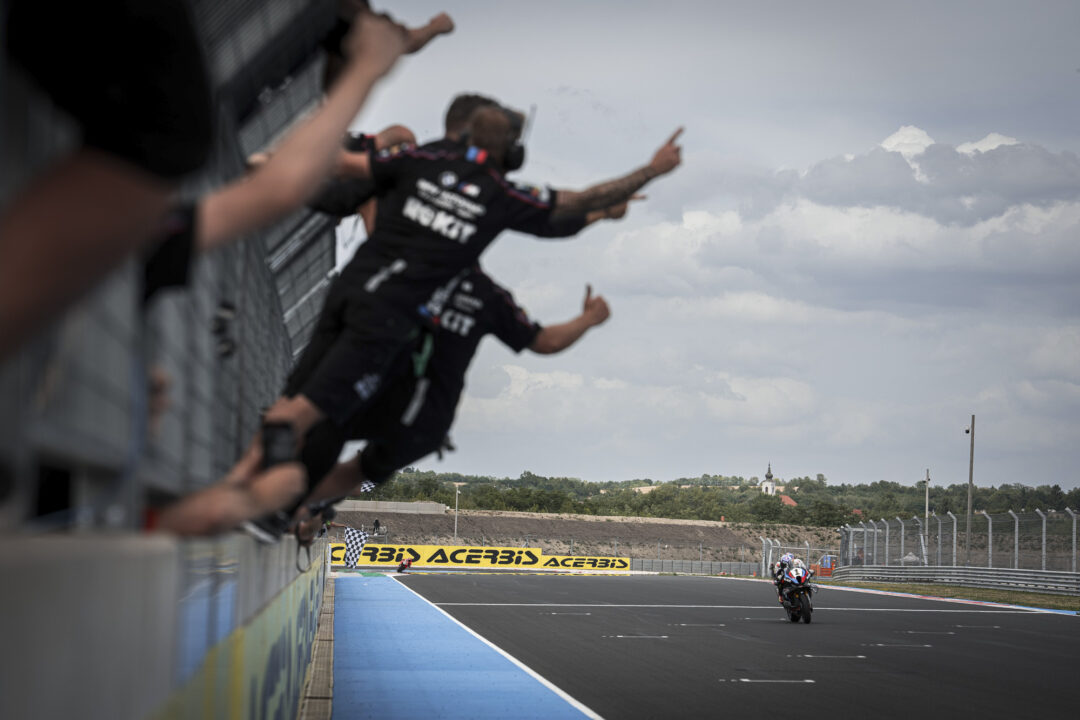
And There Was More!
Alpha BMW M1000R Superstock, Alpha M1000R Superbike, M1000RR World Endurance.
BMW kindly allowed us to ride their customer Alpha Superstock and Superbike, along with their very special World Endurance M1000R. The Alpha bikes are customer bikes, which you can buy direct from BMW in Europe. The price is €45,9900 for the Superstock bike and €149,000 for the Superbike machine. Both are race ready but differ hugely in spec. The Superstock bike, as the name suggests, is close to stock: the engine is perfectly balanced and quoted peak power is 160kW or ,218PS @14,500rpm, mainly due to revised fuelling and the full Akrapovic titanium exhaust. Dry weight is a staggering 166kg. The Alpha Superbike jumps up to around 230bhp to 240bhp depending on conditions. This is a type 3 or stage 3 engine, which you can buy separately from BMW. Uprated brakes, suspension, a 22-litre fuel tank and M Race calibration electronic kit make this a true customer superbike, the base or similar to what you’ll see in BSB and other national classes.
The stock bike was relatively easy to ride as it is much like the road bike and incredibly light and easy. The Superbike was far more of an animal: harsh, brutal and even harder to ride than the factory WSBK bike. It wanted to wheelie and accelerated harder in the lower gears than the Toprak’s machine which, I assume, was down to less intrusive electronics.
The World Endurance bike is a very different package as it has to race for 24 hours, meaning the engine spec is a little lower than its WSBK sibling. It also has to be able to withstand a crash and is designed to be easy to work on. To me it’s more like a TT bike, with comfortable ergonomics and easy to ride – as easy as the standard Superstock bike. All three bikes felt different but shared a conventional feel, and none of the bikes had the lower seat feeling of the Toprak’s factory machine.
BMW M 1000 RR 29025 FIM WORLDSBK
ENGINE
Capacity 999cc
Type Water-cooled, 4 titanium valves per cylinder four-stroke, 4-cylider
Bore stroke 80×49.7
Compression ratio N/A
Electronics Electronic injection, variable intake manifold length
Transmission Constant mesh 6-speed with straight cut gears
Clutch N/A
Power 250-260bhp – above 14,000rpm (est)
Torque N/A
Top speed 200mph plus (est)
Fuel consumption Max fuel flow, 47kg/h (2025 regualations)
ELECTRONICS
Rider aids Traction control, engine maps, and engine braking , varying per track and possible per corner
Rider Modes N/A
Frame Stock
Rake adjustable
Trail adjustable
Wheelbase 1450mm (variable)
SUSPENSION
Type Öhlins
Front RVP25/30, fully adjustable, n/a mm travel
Rear RVP50, fully adjustable N/Amm travel.
WHEELS & BRAKES
Wheels PVM forged
Front 3.5 x 17
Rear 6.0 x 17
Tyres Pirelli WSBK slicks
Brakes No cornering aids
Front 2 x 338mm discs, radially mounted Brembo 4-piston caliper
Rear 218mm disc, Brembo four-piston caliper
DIMENSIONS
Weight 168kg (dry min for WSBK)
Seat height N/A
Width 561mm (718mm with wings)
Height N/A
Length 2080mm
Ground clearance n/a
Fuel capacity 21l (no limited per regualations 2025)
Colour options: Rokit

